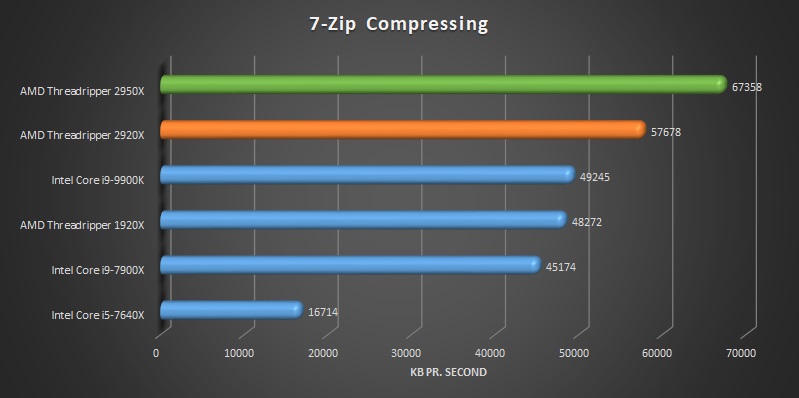

The wrinkle is that those PL1 and PL2 ratings are suggestions rather than hard-and-fast requirements, allowing motherboard makers to set different limits if they really want to.

The PL2 number is the true maximum power consumption number, the one you’ll see when running tasks for short periods or for apps like web browsers and games that don’t require 100 percent of your CPU’s performance 100 percent of the time. PL1 is more or less what TDP used to be-the amount of power and cooling capacity a CPU is expected to require to operate at its rated specs when under sustained load for more than a couple of minutes at a time. To its credit, with its 12th-generation chips, Intel has thrown out “TDP” in favor of a Processor Base Power (PL1) number and a Maximum Turbo Power (PL2) number. The result is that power budgets have gone way up, and when chips are running at full-tilt, actual CPU power consumption is substantially above the 65 W TDP that Intel has listed on its desktop CPU product pages for years. These chips were all made using lightly tweaked iterations of the same Skylake CPU architecture and lightly tweaked iterations of the same 14 nm manufacturing technology. Taking Intel as an example, its i7 processors went from four to six to eight cores between the seventh and ninth generations, and a new i9 tier with 10 cores was also introduced above those. Intel and AMD have both fought over the last half-decade to cram an ever-increasing number of cores into their mainstream desktop processors. This will be especially relevant to anyone who hasn’t built a computer in a few years. Much of this review will discuss how Intel’s CPU power limits work, so let’s start by laying out the terminology. Just know that most motherboard makers' default power settings prioritize performance even if it makes your desktop hotter and more power-hungry. Using Intel's recommended power settings, the i7-12700 can actually be quite well-behaved.
#Temperature reading on intel power gadget Pc
The good news is that home PC builders can usually decide for themselves whether they want to maximize performance or prioritize power efficiency and heat output. We came away impressed with the i7-12700's performance but mixed on its power efficiency, as was the case when we reviewed some K-series CPUs last year.
#Temperature reading on intel power gadget plus
That’s anywhere from $75 to $100 cheaper than the overclockable Core i7-12700K, plus whatever money you save by buying a cheaper H670 or B660 motherboard rather than a pricey Z690 model. Today, we’re taking a look at the Core i7-12700, a 12-core, 20-thread CPU that retails for around $340 (or $315 without integrated graphics).

Further Reading Intel’s Alder Lake big.little CPU design, tested: It’s a barn burner


 0 kommentar(er)
0 kommentar(er)
